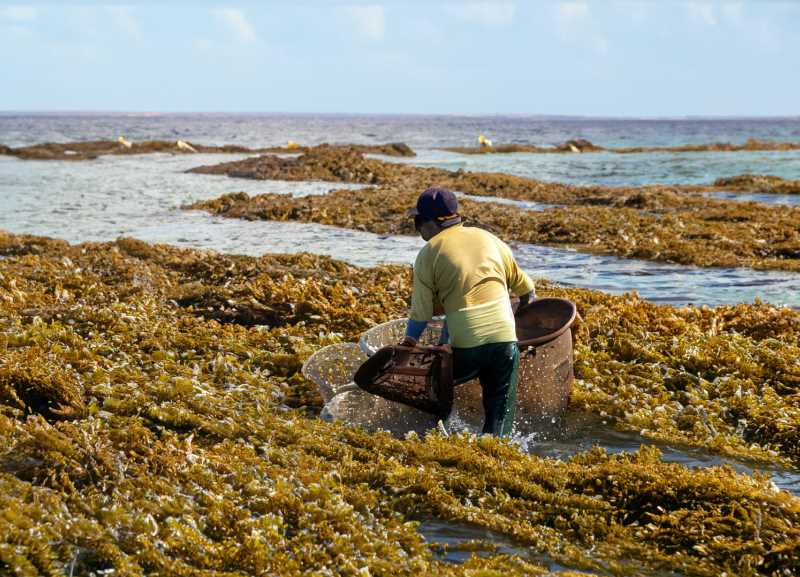When Life Gives You Seaweed, Make Paper!
The sapphire waves of Colombia's Caribbean coast have been overtaken by a brown, sprawling menace: sargassum seaweed. But scientists have turned this marine invader into a boon, creating the world's first paper made from 80% sargassum.

The sapphire waves and sun-kissed beaches of Colombia's Caribbean coastline are globally synonymous with ethereal beauty, an image now sadly tarnished by an invasion of a less heavenly nature: sargassum seaweed. Reaching the shores in sprawling, brownish mats, this marine phenomenon has replaced the crystalline allure with a murkier reality. Yet from this mass of seeming waste, a wave of innovation and opportunity is emerging, led by the country's sharpest scientific minds.
Sargassum's sudden abundance is more than a mere inconvenience—it's symptomatic of two major environmental stressors that are intertwined: climate change and pollution. With global temperatures reaching historical highs, the waters have become ideal breeding grounds for this macroalgae. Simultaneously, the pollutants from detergents, chemicals, and even the sunscreens we naively think of as benign are exacerbating the problem, contributing to the explosive growth of sargassum populations.




